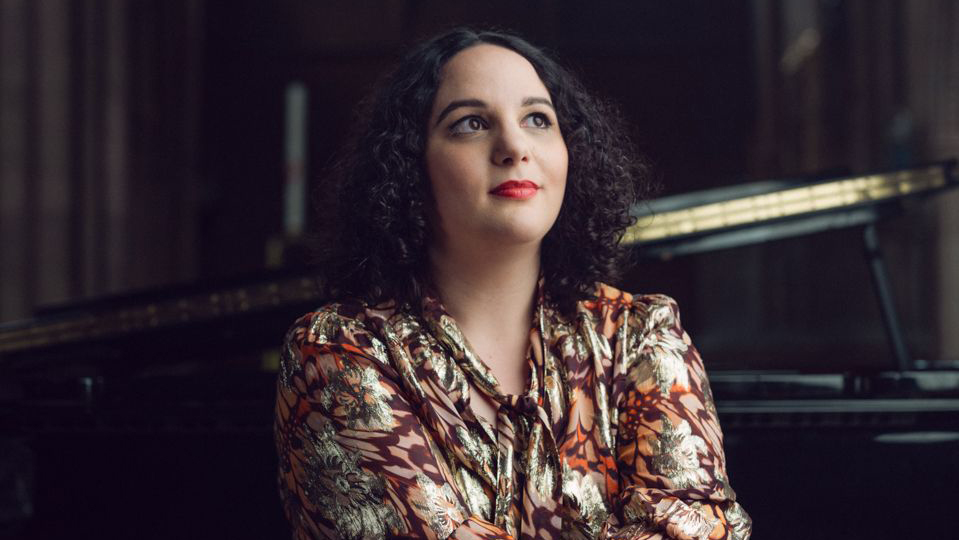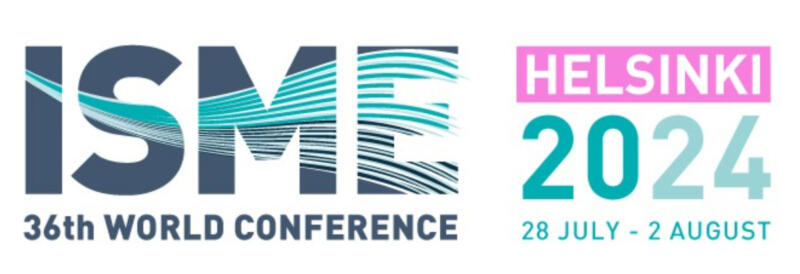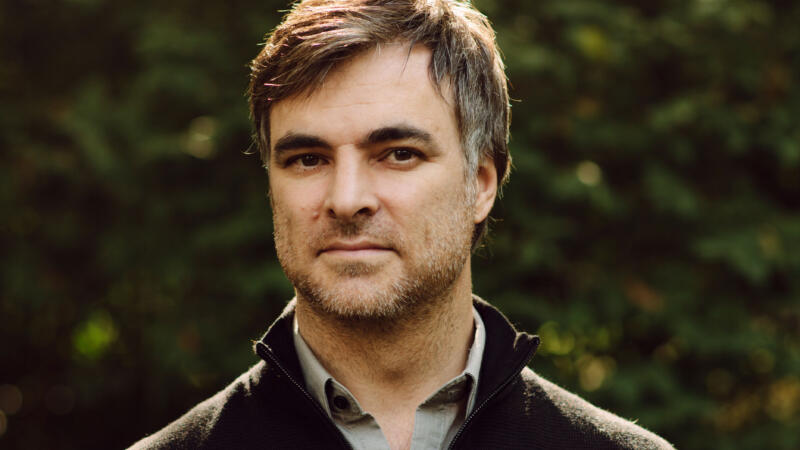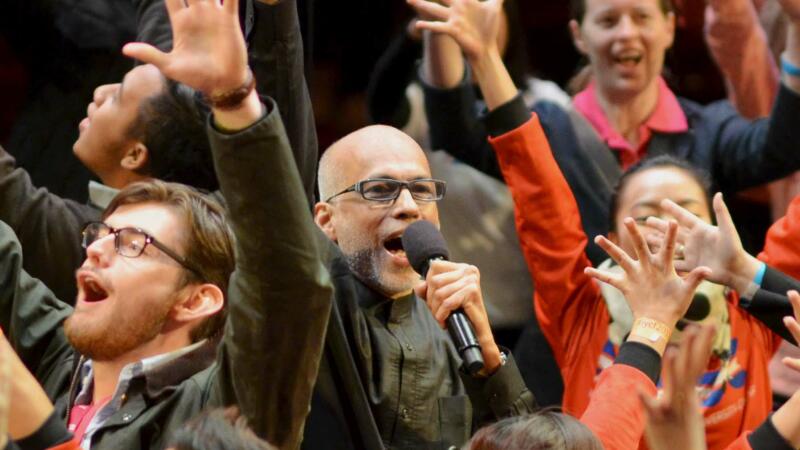Kristina Arakelyan: As artists, we are part of society and have the privilege of addressing questions to our audience through our work
ISME

Kristina Arakelyan describes herself primarily as a composer, who also teaches and plays.
How are sustainability and accessibility aspects present in your everyday work as a composer, artist and educator?
I am mindful of these issues in my day-to-day life. Within the higher education setting (where classroom management is not a central issue) and students now all have access to electronic devices, I often share QR codes for students to access, rather than providing paper handouts. I sell my music in PDF format and have also stopped buying paper copies of music wherever possible. The wonderful thing about my instrument, the acoustic piano, is that you can play for hours and hours without the need of anything else. This is how the bulk of my composing and practising work takes place.
In what ways do you think can music educators incorporate themes of sustainability into their teaching curriculum and classroom activities?
There are many ways to involve students in this important conversation, however active learning methods are particularly effective as they allow students to reflect and think creatively. The advantage of a music classroom over other subjects is that music has the power to commune and to influence. For example, teaching about sustainability by asking the students to write music, e.g. in the form of a protest song or a musical motto, is one approach. This method can be fruitful when approaching other themes, too. For example the Amnesty International education resources are wonderful and can be adapted to the music classroom.
Sustainability encompasses not only environmental concerns but also issues of cultural preservation and social justice. How can artists or music educators address these broader aspects of sustainability?
In my keynote I will speak about some of the ways I have been involved with discussing these issues, e.g. in my chamber opera ‘Penelope: Seven Ways to Wait’, which addressed many current issues (written in 2022). As artists, we do not work in a vacuum – we are part of society and we have the privilege of addressing questions to our audience, directly or indirectly, through our work.
Do you believe that music can serve as a tool for raising awareness about environmental and social issues? If so, how can music or music education engage students in discussions about sustainability?
I often think about this question – can music influence the listener? It’s very clear that it can across all genres. Songs are a wonderful example of this as they incorporate a direct message through the lyrics and stir emotion through both the music and the words. Perhaps we have all had the experience of a song that is stuck in our head, and it won’t leave us! This is a wonderful example of the tangible power of music – it can stay with you for a long time. It’s no coincidence that music is used commercially to change our mood to calm us in certain circumstances, or excite us (e.g. in stores so that we spend more money!). Think of the sound of drums as soldiers marched to war or the collective power of singing together in choir or on the football field. Music influences us for sure, so thinking carefully about text and increasing the power of a piece with the combination of text and music about important social causes is great.
The best way to engage students is through active learning. Rather than telling them that a social or environmental issue is important, we can find a way for them to come to think creatively, discuss and form opinions. Doing this is important because our students are our future. Perhaps they can help us find the answers! A great example of this happened recently with The Swingles and the National Youth Choir of Great Britain. The Swingles worked with the membership of the National Youth Choirs on the important issues of the environment and sustainability, and came up with a brilliant performance piece called “Until it’s Gone”. It reflected the concerns and hopes of the Youth Choir membership and The Swingles themselves, and they wrote much of the piece together. This type of project can happen at many levels of ambition, but it’s a great way to focus the mind in collecting thoughts, sharing information and composing.
Given the global nature of the ISME World Conference, how do you think educators from different cultural backgrounds can collaborate to promote sustainability in music education on an international scale?
Sharing real-life examples and staying in touch is perhaps the most powerful way to do this. Even starting small, whether it is just between colleagues, is a wonderful first step. Gaining new information and ideas is so important, and we can all take this back to our homes, universities, schools and professional performing environments as part of a wider initiative.
In your opinion, what are some of the biggest challenges or obstacles that artists and music educators may face in advocating for sustainability within their institutions or communities? How can these challenges be overcome?
When funding is a challenge, it is difficult to prioritise this over other matters, leading to a lack of sufficient time, education and awareness. Although it can be hard to find both time and money to implement major initiatives, we can all make a difference on a day to day basis and find ways to work together on the more ambitious goals.
As we strive for sustainability in music education, how can we ensure that all students have access to quality music education regardless of their socioeconomic background or geographic location?
This is a very important question. Scholarships are one way to access education, however the question arises of how children can get to the level where they can apply for scholarships. There are many wonderful charities and initiatives, however we must do all in our power for equal access of music. Classical music is a less ubiquitous genre and requires more input from the listener. Teaching children about classical music and instruments and familiarising them with this soundworld is very important. The fundamental principles that underpin classical music are the same for so many different genres of music. The health and social benefits of music are proven in science year on year now, so we must support this important area of education. Providing access to all should be part of our daily mantra and although the really successful way to make this happen is from government level down, we can work individually – and better still,together – to create learning and engagement programmes to schools and other groups to share music. Finding entry points in music for people of all backgrounds is vital – entry points that engage and interest them and have the potential to be a springboard to a lifelong passion.In the future I hope to see a wider commitment to issues surrounding sustainability and positive action here; sharing good practice is a wonderful way to start this process.
Kristina Arakelyan is one of the esteemed keynote speakers at the 36th ISME World Conference. In her keynote, she will be talking about her experiences of writing music with a purpose and of working with musicians of different levels, from the top of the classical music profession, through to beginners. She will also offer ideas for classroom composition activities, tied with her practice.


